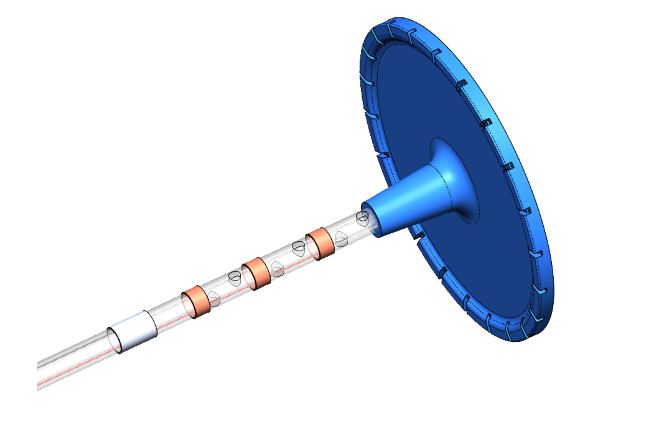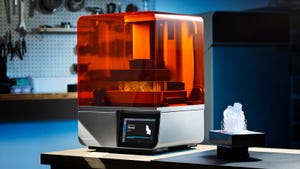The technique slashed cost and lead time for producing prototype parts.
October 27, 2022

At Advanced Design and Manufacturing Minneapolis in November, Tom KraMer, President and CEO of Kablooe Design, will present a case study involving the use of a 3D-printed mold to produce devices for clinical trials.
|
The benefits of 3D printing a mold to produce medical parts for a project at Kablooe Design will be revealed at Advanced Design & Manufacturing Minneapolis on Nov. 3. |
KraMer needed specialty flexible parts for this project, he told PlasticsToday. The “rubbery, silicone-like parts” for a gastric occlusion device would be expensive to manufacture in limited quantities and nearly impossible to 3D print without sacrificing some of the properties. The solution that Kablooe Design came up with was to print the mold itself and then just pour the liquid urethane into the mold, explained KraMer. The prototype parts actually simulated some of the characteristics of commercial bio-absorbable polymers but at a fraction of the cost and in a compressed time frame.
“You have a number of parts in case one fails, but, in fact, it’s less likely that a part will fail because when you use a poured molded urethane, you know your strength properties are going to be much greater than if it was 3D printed,” says KraMer.
|
Tom KraMer, President and CEO, Kablooe Design. |
Kablooe used Formlabs stereolithography-based printers for this project. The combination of SLA printers and the Formlabs3 Clear SLA resin, which combines hardness and durability with the capability to accurately pick up features, proved to be a winning formula. Sintering, by contrast, can produce flexible parts but they often lack the required tensile properties. “The beauty of this method is that you can approach the production of parts with the same rigor that you would for a clinical trial,” explains KraMer. “Your pre-clinical results are really close to your clinical results, and that’s important when you’re trying to prove safety and efficacy.”
“We’re taking a bit of risk out of the fabrication process by manually pouring the urethane into a 3D-printed mold, and we’re allowing the pre-clinical procedure to move forward,” says KraMer.
KraMer will present the case study at Advanced Design & Manufacturing Minneapolis, which includes co-locates Medical Design & Manufacturing (MD&M) and Plastec, on Thursday, Nov. 3, at 2:30 p.m. The event itself runs on Nov. 2 and 3 at the Minneapolis Convention Center. For more information and to register to attend, go to the event website.
About the Author(s)
You May Also Like






